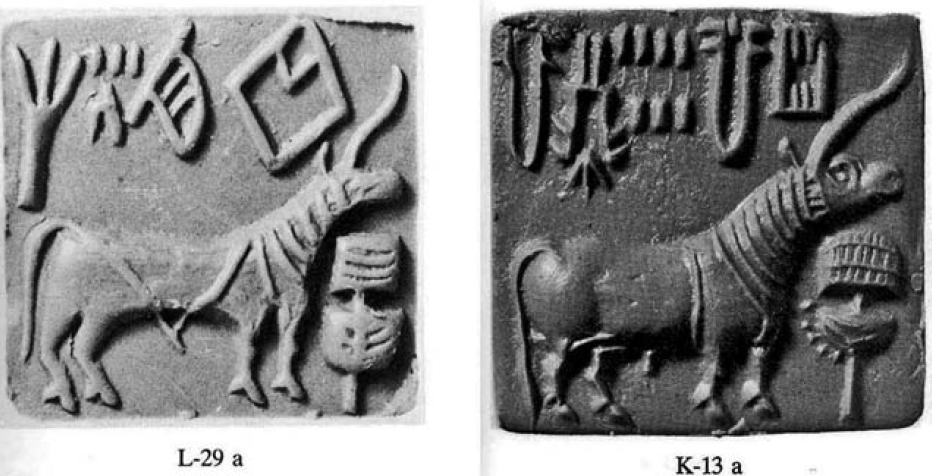During the second half of the 3rd millennium BC, the Harappan Civilization covered an area of over one million square kilometers in South Asia, from the Afghan highlands to western India. Excavations at large urban sites like Harappa, Mohenjo-daro, and Dholavira, as well as at smaller production sites, such as Lothal and Chanhu-daro, have shed much light on this impressive civilization, whose expansion seems to have been based on its extensive trade networks
and shared ideologies. Although the Harappan sites of the Indus Valley and beyond have been the subject of intensive investigation for over 80 years, some aspects of this exceptional culture, particularly the lack of a readable script, have left us with more questions than answers. Because of the difficulty in comprehending a society that spans such a large area—without the help of written texts—studies have tended to focus on small-scale issues, like the local organization of craft production or on overarching cultural trends, such as whether the Harappan Civilization could be considered a state. With the exception of a few studies, regional variations within the system are rarely discussed.

